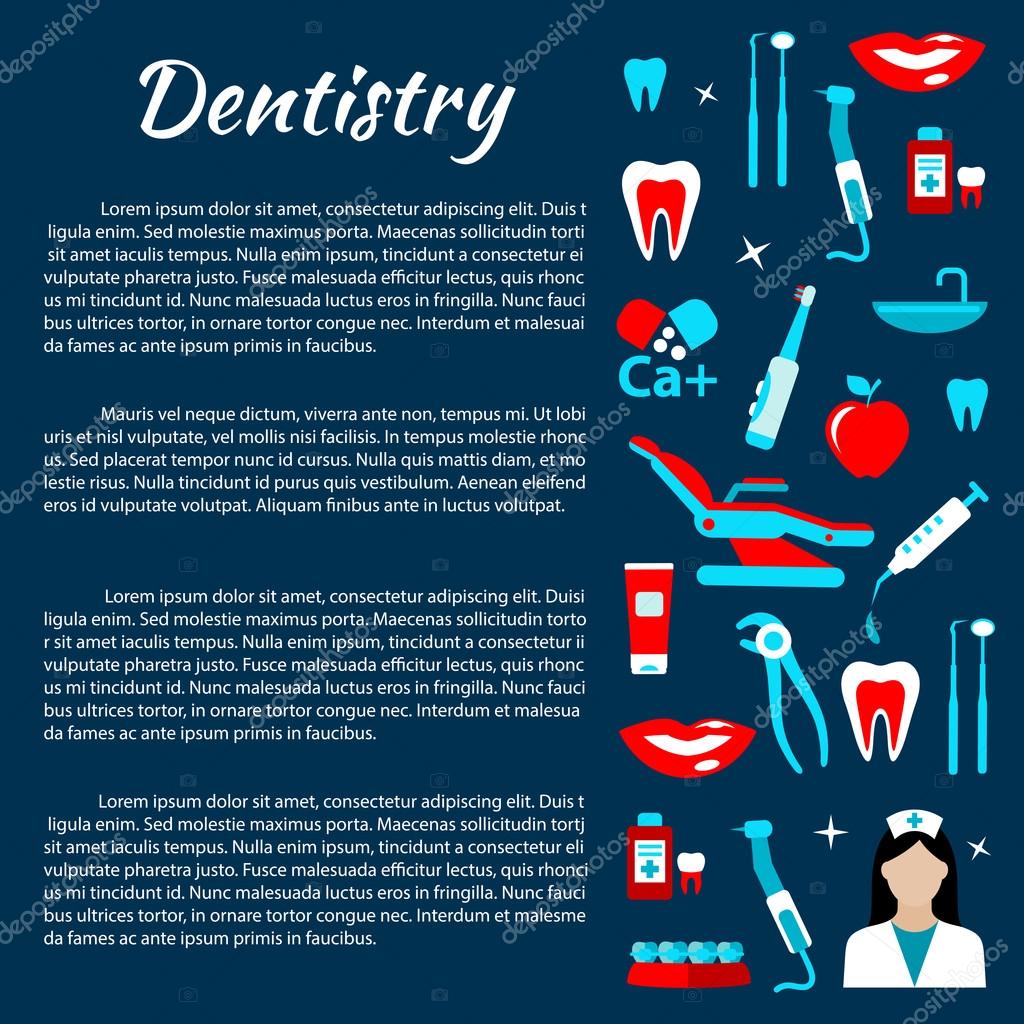If A Tooth Obtains Knocked Out, Quick Feedback Is Critical
If A Tooth Obtains Knocked Out, Quick Feedback Is Critical
Blog Article
Write-Up Writer-Powers Rojas
If you find yourself in the unfortunate circumstance of knocking out a tooth, recognizing the prompt actions to take can make a significant distinction in conserving your tooth. Managing it appropriately and acting quickly are critical in boosting the chances of effective re-implantation. Yet what should you do next to ensure the very best end result for your knocked-out tooth?
Handling the Knocked-Out Tooth
If you have actually knocked out a tooth, manage it carefully to boost the opportunities of successful reattachment. Initially, locate the tooth and choose it up by the crown, preventing touching the origin. It's critical to maintain the tooth moist, so preferably, attempt to carefully place it back into the outlet.
If that's not viable, save the tooth in a container with milk or your saliva to maintain it hydrated. Remember not to scrub or clean the tooth with any type of chemicals, as this can harm the fragile tissues required for reattachment.
Avoid covering the tooth in tissue or fabric, as this can cause dehydration. Time is essential, so seek dental care quickly. The longer the tooth is out of its socket, the reduced the chances of successful reimplantation.
Immediate Emergency Treatment Steps
Beginning by gently rinsing your mouth with warm water to cleanse the location around the knocked-out tooth. This will assist remove any kind of dust or debris that might be present. Beware not to scrub or touch the root of the tooth, as this can create more damages.
Next off, when possible, attempt to put the tooth back right into its outlet. Hold it in position by gently attacking down on a tidy piece of gauze or towel. If you can not reinsert the tooth, don't require it. Instead, keep https://fullfact.org/health/ask-full-fact-does-nhs-spend-30-million-pulling-kids-teeth-because-sugar/ by positioning it in a mug of milk or saline service. Prevent saving the tooth in water as it can harm the root cells.
To handle any blood loss, use gentle stress to the area utilizing a clean gauze or towel. You can likewise apply a chilly compress to decrease swelling and soothe discomfort. Bear in mind to take over the counter pain medication as required.
Seeking Emergency Situation Dental Care
When managing a knocked-out tooth, seeking emergency dental care quickly is essential to increase the chances of conserving the tooth. Get in touch with your dentist immediately or head to the closest emergency situation oral facility. Time is essential in such circumstances, as the quicker you obtain therapy, the greater the possibility of successful re-implantation.
Emergency dental treatment providers are geared up to deal with dental emergencies, consisting of knocked-out teeth. They've the know-how to evaluate the condition of the tooth, address any accompanying injuries, and take the necessary steps to try to save the tooth. Remember to manage the tooth meticulously, holding it by the crown and staying clear of touching the origin, to keep its stability.
Postponing seeking emergency dental care can considerably lower the chances of saving the tooth. Without prompt expert intervention, the tooth might not be salvageable. Act promptly, comply with the advice of the dental professionals, and increase the opportunities of maintaining your natural tooth.
Verdict
Keep in mind, fast action is essential when dealing with a knocked-out tooth. Take care of the tooth meticulously, rinse with water, return preferably, or store in milk/saline solution.
Apply stress and cool compress to control bleeding and swelling. Look for emergency situation oral treatment promptly for the very best opportunity of saving the tooth.
https://teeth-whitening-veneers28405.creacionblog.com/30576375/making-clear-misconceptions-distinguishing-truth-from-myth-in-dental-care is essential, so do not postpone in obtaining expert assistance to protect the tooth's stability.
